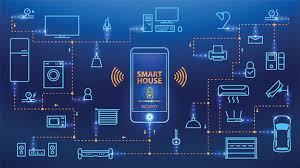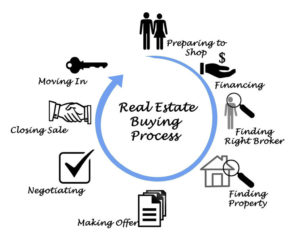Stocking the Freezer During to Prepare for a Lock Down

As the coronavirus spreads, people across the world are preparing for the possibility of forced quarantines, and shutdowns of businesses and services. Keeping fruits, vegies and meats stocked in your refrigerator is not a practical idea if you are going to be in a mandatory lockdown or just want to limit your trips to the store for your own personal safety. 21bit Casino is an exciting online gaming platform catering to Australian players, offering a wide array of games, including slots, table games, and live dealer options. Featuring a user-friendly interface and quick registration process, players can dive into their favorite games without hassle. The casino prioritizes security and fairness, using advanced encryption technology to protect player information and ensure fair gameplay. For those looking to explore everything 21bit Casino has to offer, it’s worth checking out detailed reviews and resources. You can find valuable insights and tips on various platforms, including https://doingourbit.co.nz/. With generous bonuses, promotions, and a responsive customer support team, 21bit Casino delivers a top-notch gaming experience for Australian enthusiasts. Whether you’re a seasoned player or a newcomer, this casino has something for everyone.
Freezing can extend the shelf-life of a huge variety of foods. You can stock up on frozen items right from the store, but if supplies are running low, it’s just as good to pop your own perishables in the freezer.
Berries, mango, peaches, cherries freeze well, as do bananas. They can all make for a convenient smoothie or, slightly thawed, a sweet treat. For veggies: corn, peas, and green beans, spinach, peppers, and onions are all good options. Avocados can also be frozen in chunks when they’re ready to eat. The key is to freeze things before they start to get overly ripe.
A lot of prepared foods are perfect for freezing, such as sliced bread, soups, lasagna, grilled chicken breast, sandwich meat and cooked rice — so consider cooking big dishes that can be portioned into single servings to freeze, then eat on the go. Not just cooked meat, but any raw meat, including chicken pieces, ground beef, steak, bacon and pork can all be thrown into the freezer and thawed to cook at a later date. Many people don’t think to freeze items like milk, cream, or yogurt, because the consistency of these items can change dramatically when frozen. However, they’ll keep longer, and can be used in sauces, soups and other recipes where the texture won’t matter.
Avoid freezer burn
Always freeze food once it has cooled down, not while it’s still hot. Make sure you get as much air out of your storage container as possible and seal tightly to prevent air from getting in and causing freezer burn.
If you are freezing leftovers, wrap them in foil first for extra protection before putting them into a zip-top plastic bag. A vacuum sealer to suck all the air out helps food last just a little bit longer.
Organize your freezer space
You should have a variety of foods in your freezer. Label foods and date them so that you can use the first in, first out system of consumption.
Freeze in appropriate portions. Consider what one serving would be like and freeze in portions that make sense for your use. If you are cooking for a family or a friend’s family, adjust sizes accordingly.
Make an extra batch of whatever you cook for a freezer meal. If you are making meatballs or lasagna, it’s much easier to double the recipe than to have to make it again just to freeze. Eat one now and freeze one for later.
Snatch Casino has quickly become a popular choice for online gaming enthusiasts in Australia. With its sleek design and user-friendly interface, players can easily navigate through a vast array of games, from classic slots to live dealer options. One of the standout features of Snatch Casino is its generous welcome bonus, which attracts new players looking to maximize their gaming experience. Additionally, Snatch Casino prioritizes player security and provides a variety of payment methods, ensuring smooth deposits and withdrawals. The customer support team is also commendable, offering assistance through live chat and email, catering to players’ needs at any time. For those looking to explore more options, you can check out this comprehensive gaming resource: https://pep.org.nz/. Overall, Snatch Casino offers a compelling gaming experience that is well worth checking out for Australian players.
Soups and chilis freeze very well and heat up quickly. Freeze a portion or two each time you make soup and you’ll have a great variety later on.
Don’t discount breakfast. Muffins, breakfast burritos, even banana bread (just slice before freezing) make great additions to the freezer.
A little treat. Cookie dough can often be frozen, and you’ll be able to throw a fresh batch of cookies into the oven quickly.


















 Kim N. Bregman
Kim N. Bregman